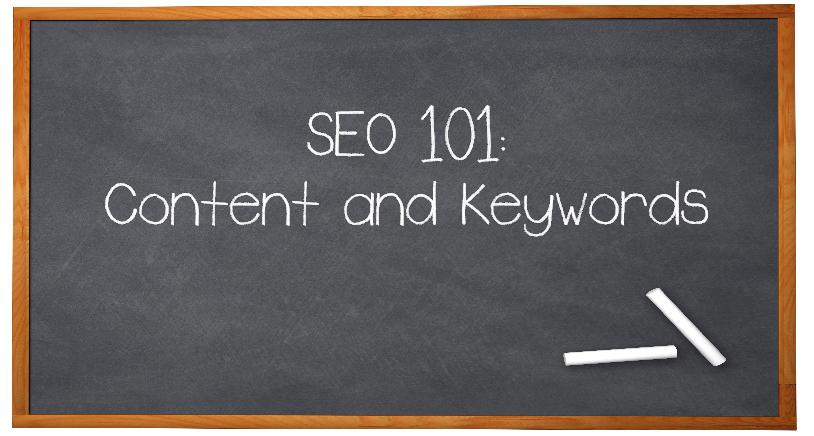10 Must On-Page SEO Rules for Higher Rankings
For those who are still new in SEO, the process can be overwhelming for them. To simplify the process, there are rules to master to gain higher rankings.
On this page, you will find the must-follow on-page SEO rules for your site to rank higher. The rules are not meant to provide you with every step. Rather, it provides you with basic outline of what you must do to rank.

1. Use primary keyword on page title
They are crucial in optimizing your site to appear on page one of a search engine results page. These titles are an essential component that users/visitors can use in evaluating whether or not to click on your title.
Page titles are also weighed heavily by search engine crawlers in determining the relevancy of your page according to the user’s search query.
When using the main keyword on your page title, you should include it at the start of the title and limit the title to 70 characters.
2. Use primary keyword in describing image
Images are under-optimized. They are also under-utilized asset of SEO. Search engines utilize images when determining page ranks. Thus, it is crucial to optimize your images by using your main keyword in describing your photos. Do not forget to include “alt text” to your images.
3. Do use internal and external links
This is not the same as link building as it is an off-page element. Internal and external links are links on your pages. Your page must only contain three internal links to get to any page of your site. Link your page to other credible content, even if it is a competing website. Search algorithms will reward your site for doing so.
4. Broaden anchor text
In other words, avoid using the generic anchor text, like “click here” or “page.” Instead, use a mix of main keyword and related phrases.
Do not use anchor text that is off-topic.
Avoid using words that have no relation to the content of the page you are linking to.
5. Avoid over-optimization
Optimization is good. But overdoing it can hurt your site.
You must always diversify your titles, URLs and links.
Aim to optimize it for humans as it will appear natural in the world of Google. If you do so, your site will get better rankings.
6. Create valuable content
Google ranks sites that offer the best user experience.
On-page optimization starts with original, valuable content that offers value to the user.
Aim to create content that has never created yet.
7. Make your site load quicker
In addition to creating the best content online, you must also make sure that your page loads quickly even when the user is using a slow connection.
Quick page loading offers your user the best experience when visiting your site.
8. Make it easy to be shared
In other words, make sure that it is designed for social media sharing.
Google puts great emphasis on pages with numerous retweets, shares and likes from social media sites.
Take advantage of it by integrating your site with social sharing buttons.
9. Can be used on multiple devices
In the advent of smart phones and tablets, make sure that your site is responsive. This makes it easier for your users to view your site on various devices without you updating or maintaining various versions of your site. Google favors sites that offer responsive designs.
10. Can be accessed by crawlers/bots
Google does not have plenty of people to look into every new page of a site.
It still uses automated bots. Thus, make sure that your site allows bots to crawl your content.
Keep the URLs of your page shorter.
To make sure that you follow these rules and other must-have guidelines for on-page SEO rules, take a look at our offerings. We, at Website Depot, make sure that your site is optimized for search engine rankings.